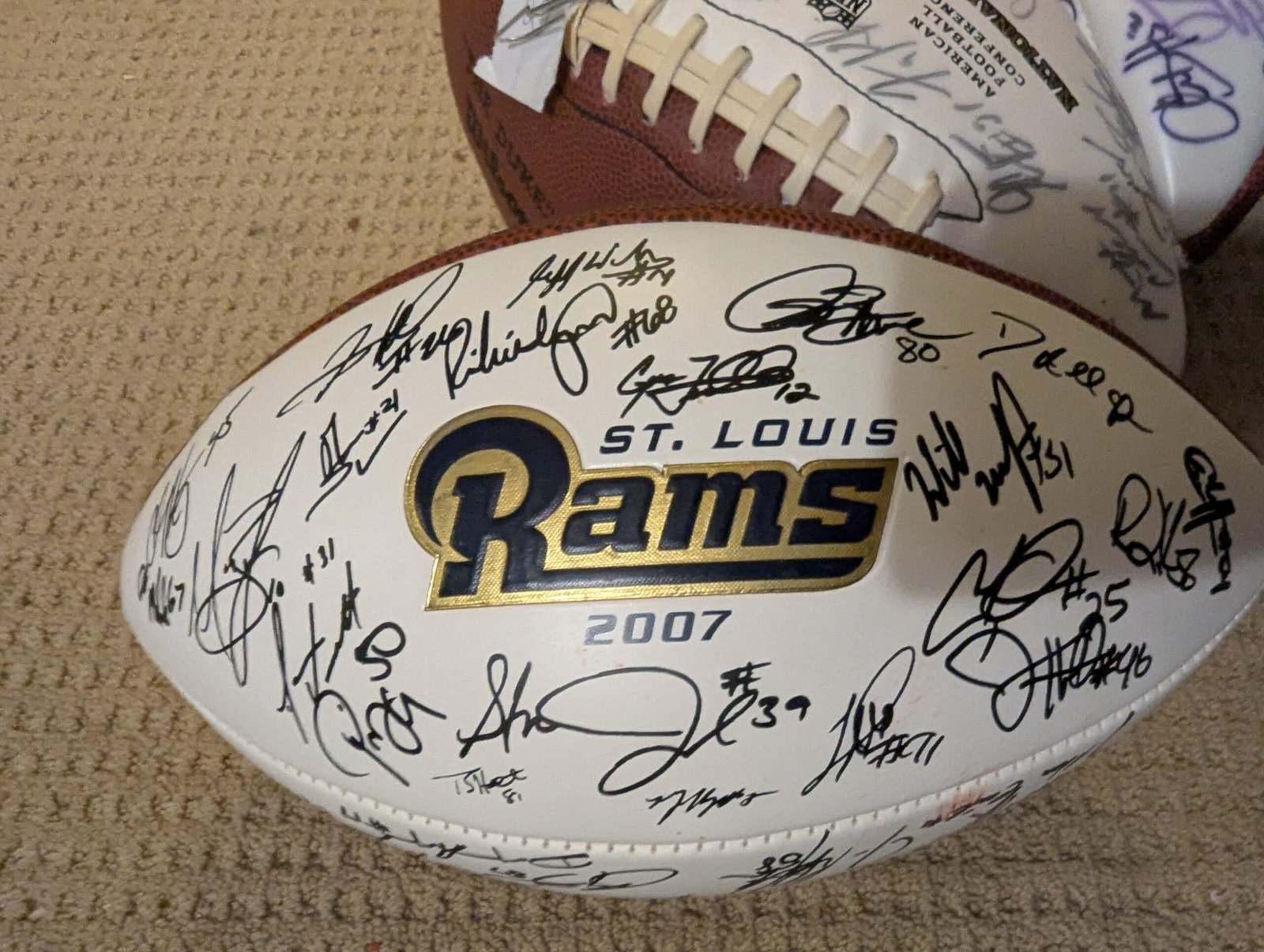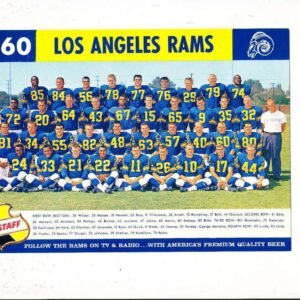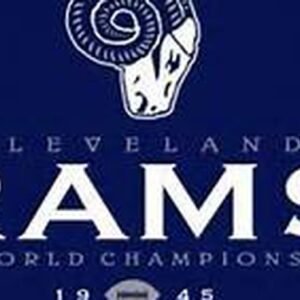Description
The 2007 St. Louis Rams experienced a challenging season that was marked by injuries, inconsistency, and overall struggles on both offense and defense. Despite having some talent on the roster, the Rams were unable to put it all together and finished the year with a disappointing record. The 2007 season ultimately marked a low point for the team and led to significant changes in the years to come.










Regular Season:
- Record: The Rams finished the 2007 season with a 3-13 record, which was the worst in the NFC and one of the worst in the league overall. This was a sharp decline from their 8-8 record in 2006 and marked a continued trend of underperformance.
Offense:
-
Quarterback Play: The Rams dealt with a series of quarterback issues throughout the season. Marc Bulger, the starting quarterback, struggled with injuries and poor performance. He played in only 9 games and threw for 2,392 yards, with 11 touchdowns and 14 interceptions. His performance was far below the level of expectation, and he was benched in favor of Gus Frerotte, who also started some games but was not able to turn the season around.
-
Offensive Line Issues: The offensive line, which had been a strength in previous seasons, was a major issue in 2007. The line struggled with both protecting the quarterback and opening running lanes, which hindered the Rams’ offensive production.
-
Steven Jackson: Steven Jackson, the team’s star running back, was one of the few bright spots in an otherwise tough season. However, Jackson dealt with injuries throughout the year and was not at full strength for much of the season. He still rushed for 1,042 yards and 7 touchdowns while adding 432 receiving yards. Despite his individual success, the lack of a consistent passing game and the team’s struggles up front made it difficult for Jackson to carry the offense alone.
-
Wide Receivers: The Rams’ receiving corps was also inconsistent. Torry Holt and Isaac Bruce, both of whom had been the faces of the Rams’ offense in previous years, were still productive but were showing signs of decline. Holt had 1,189 receiving yards and 3 touchdowns, while Bruce had 545 yards and 3 touchdowns. The Rams also relied on Dante Hall and Drew Bennett in the receiving game, but they were not able to make a significant impact.
Defense:
-
Struggles Across the Board: The Rams’ defense was one of the worst in the NFL in 2007, ranking 30th in total defense and allowing 26.6 points per game. The team was unable to generate a consistent pass rush and struggled to stop both the run and the pass.
-
Pass Rush Issues: The Rams were unable to pressure opposing quarterbacks consistently. They recorded just 25 sacks during the season, one of the worst totals in the league. This lack of a pass rush allowed quarterbacks to get comfortable and make plays against the Rams’ defense.
-
Secondary Problems: The Rams’ secondary was also porous, allowing big plays and struggling to defend the pass. The defensive backfield, including players like Tye Hill and Ron Bartell, was ineffective in coverage, leading to numerous passing touchdowns and long completions.
-
Linebacker Play: The Rams had some individual talent in their linebacking corps, but they were inconsistent. Will Witherspoon was one of the more solid performers, but the defense as a whole lacked cohesion and couldn’t stop opponents in key situations.
Coaching:
-
Scott Linehan: Head coach Scott Linehan was fired midway through the season after a disappointing start. The Rams had lost their first 5 games, and it was clear that the team was not progressing. Linehan’s tenure with the Rams had been marked by inconsistent play and failure to develop both the offense and defense. He was replaced by Jim Haslett, who took over as interim head coach for the rest of the 2007 season.
-
Jim Haslett: Haslett was brought in to help turn the team around, but he faced an uphill battle. The Rams showed slight improvement under Haslett, but they still struggled to win games and finished the season with the league’s worst record. Despite some hope that Haslett could spark a turnaround, it was clear that the Rams needed a more significant overhaul.
Special Teams:
-
Jeff Wilkins remained the team’s reliable kicker, making 28 of 31 field goals, including a long of 54 yards. He was one of the few consistent performers on special teams and provided some stability for the team.
-
Dante Hall, who was brought in to help with kick returns, had a mixed season. While he still showed flashes of the explosive playmaking ability that made him famous, the Rams’ overall special teams play wasn’t enough to make a difference in the outcome of games.
Key Players:
- Steven Jackson: Jackson continued to show that he was one of the top running backs in the league, even though he played through injuries. He was the focal point of the offense but didn’t have enough support to make a real impact on the Rams’ overall record.
- Torry Holt: Holt remained a solid target for whichever quarterback was under center but, like Jackson, couldn’t carry the team to success on his own.
- Marc Bulger: Bulger struggled with both performance and injuries, failing to be the leader the Rams had hoped for.
- Aeneas Williams: Williams, now in the twilight of his career, was still a steady presence in the secondary but was unable to make the impact he had in his earlier years.
Summary:
The 2007 St. Louis Rams were a team that was plagued by injuries, poor coaching, and defensive struggles. Despite having a talented offensive core, including Steven Jackson and Torry Holt, the Rams were unable to compete consistently, finishing with a 3-13 record, the worst in the NFC.
The offense was hindered by poor quarterback play, a struggling offensive line, and a lack of explosive plays. The defense, as usual, was one of the league’s worst, and the team was unable to generate consistent pressure or make key stops.
The midseason firing of Scott Linehan and the promotion of Jim Haslett as interim head coach did little to turn the team’s fortunes around. The Rams were clearly in a rebuilding phase, and the 2007 season marked a low point that would eventually lead to significant changes in both the coaching staff and the roster in the years to come.




